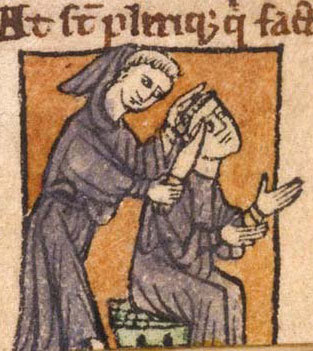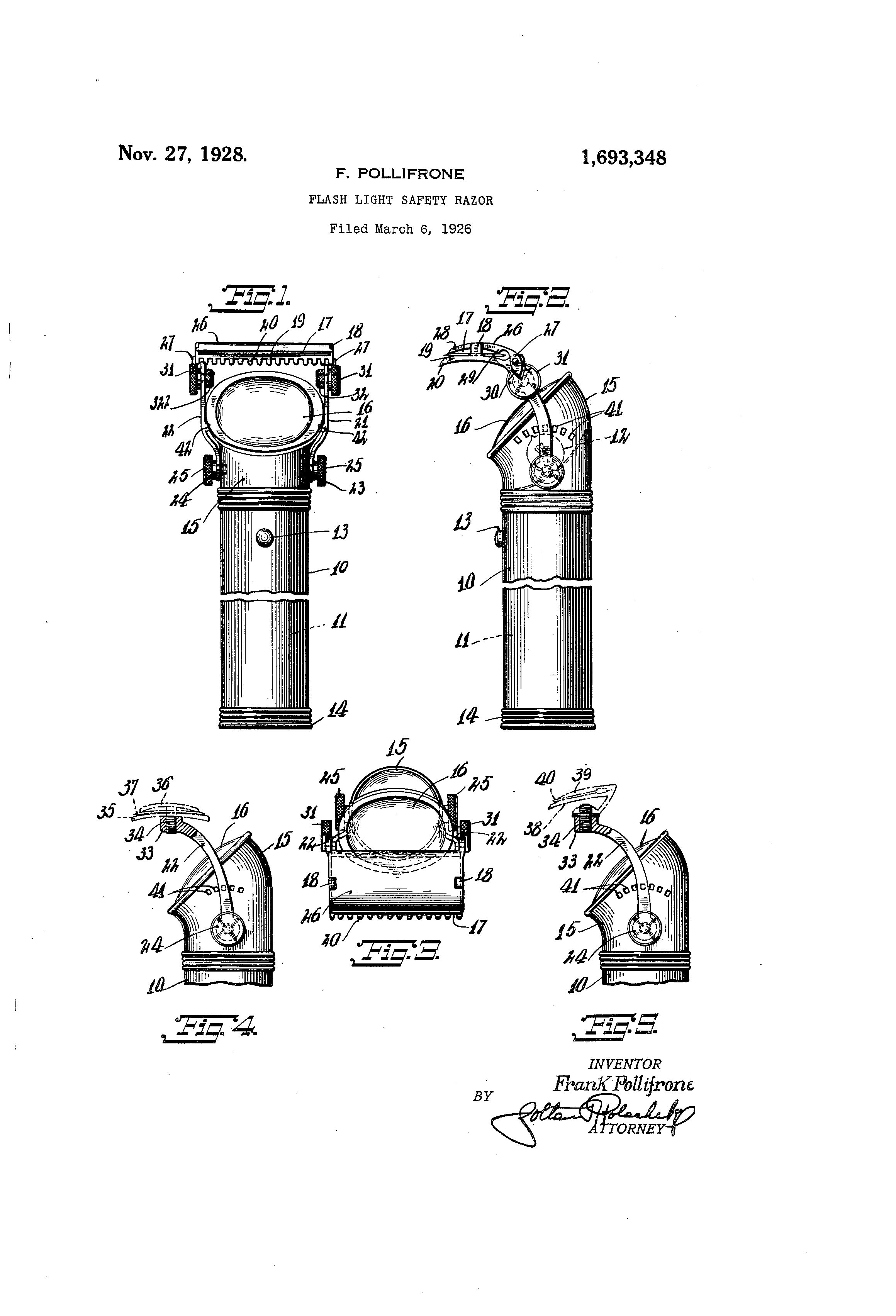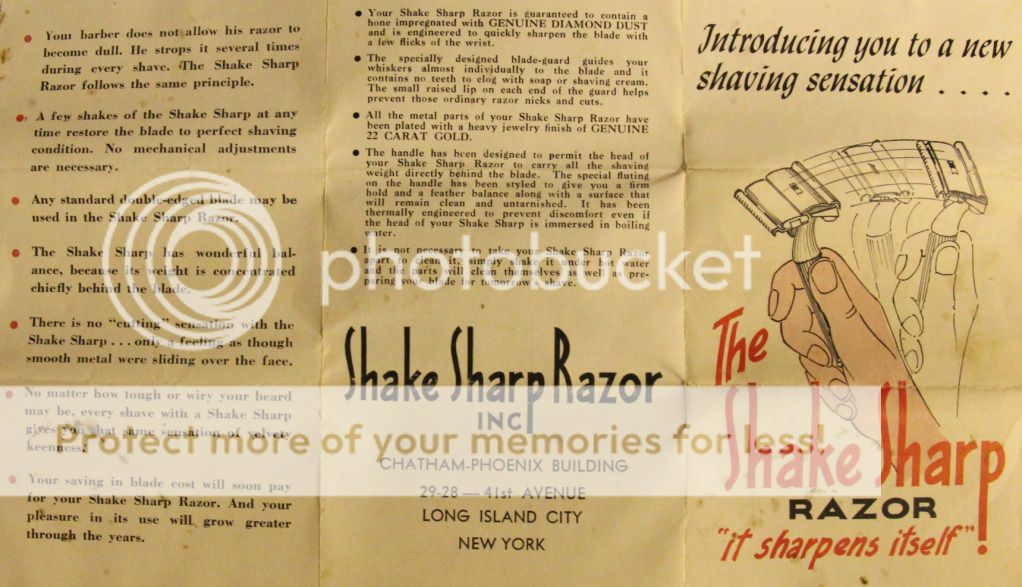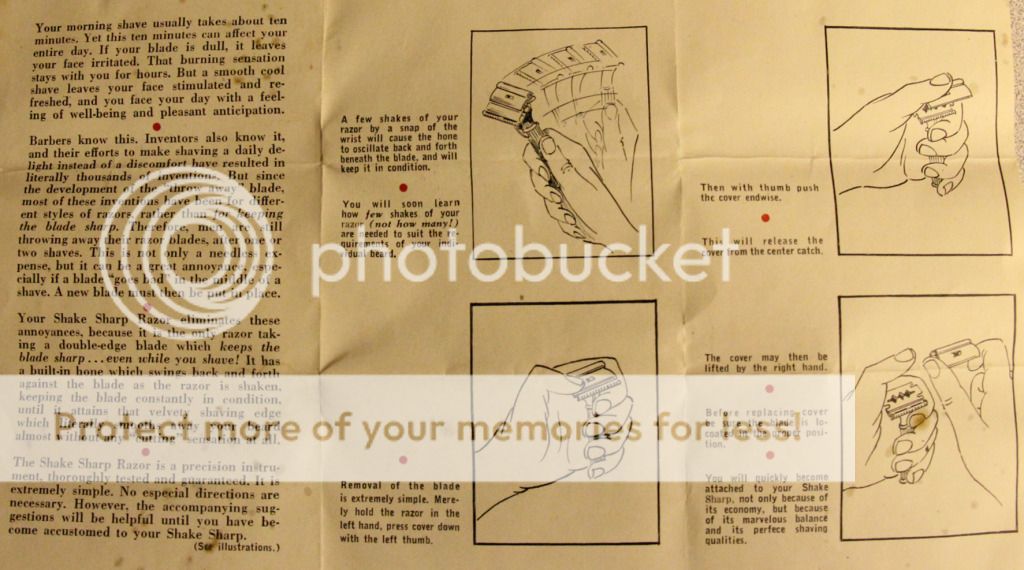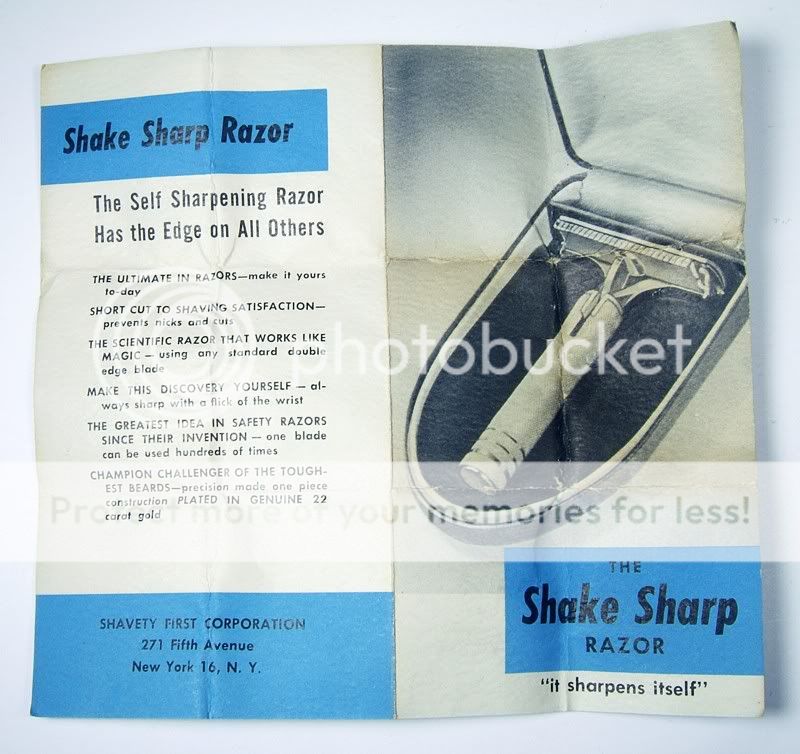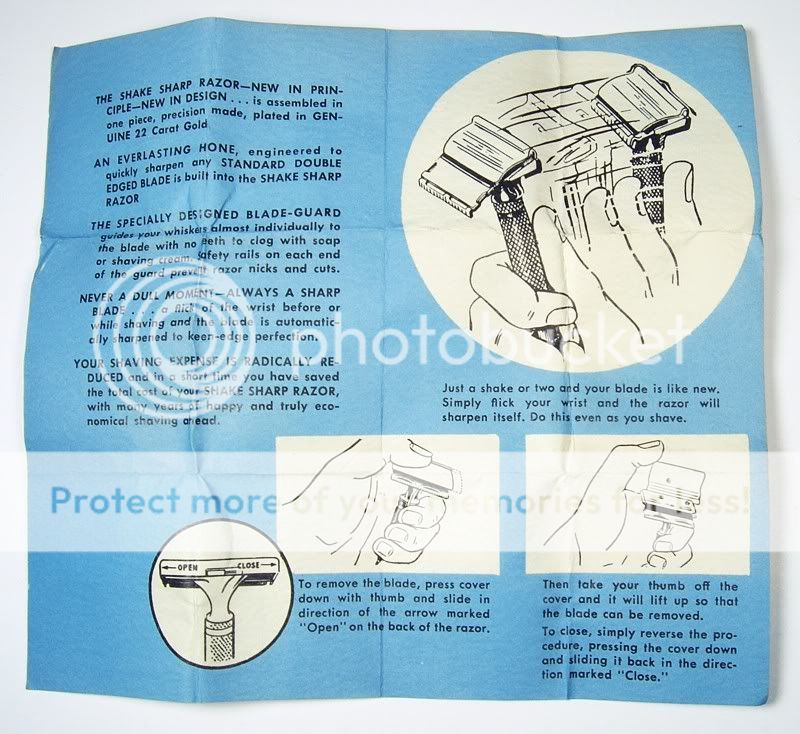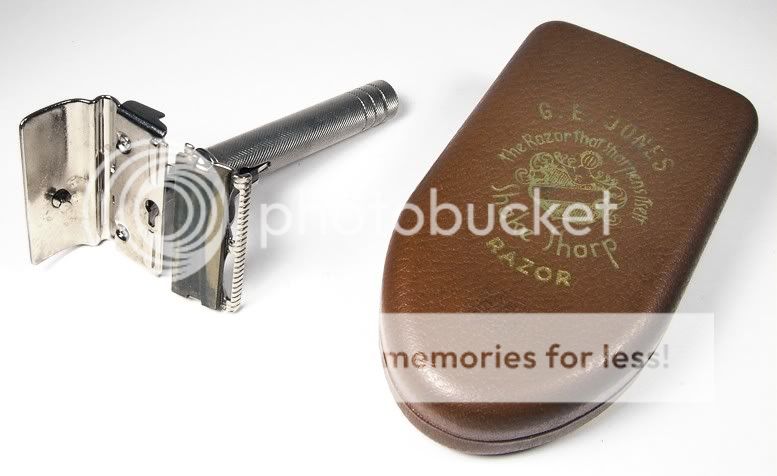From what I can tell, it’s hard to find a Gillette Old Type without a cracked handle these days. Drawing on my education and experience, it is in part due to the way they are made – two end pieces press fitted into a hollow tube. As anyone who have worked with machinery can attest to, this kind of construction gives raise to lots of stress on the hollow piece (hoop stresses – not by itself a bad thing). Stress will, over time, give raise to cracking unless the surface is near perfect.
The Old Type handles were probably anything but perfect when they were made – there would be no point in broaching and polishing the barrels, since razors was and are considered semi-disposable items. At the time the Old Type was manufactured machining the barrel the needed close tolerances would also been much more costly than the equivalent operation would be today, both in money and time.
The end result is – with more than a hundred years of hindsight – obvious; the handle cracks. My Old Type (part of my Khaki Kit) isn’t bad, just a short crack on either end, but some handles have cracks going straight from one end to the other.
The cracking is repairable, either by filling it with epoxy or – for the adventurous shaver – by silver soldering or welding. In my opinion it’s not needful to repair it unless the crack hampers the enjoyment of the razor. An easier option may be to replace either just the tube or the whole handle – which has the added benefit of being easily reversible later.



